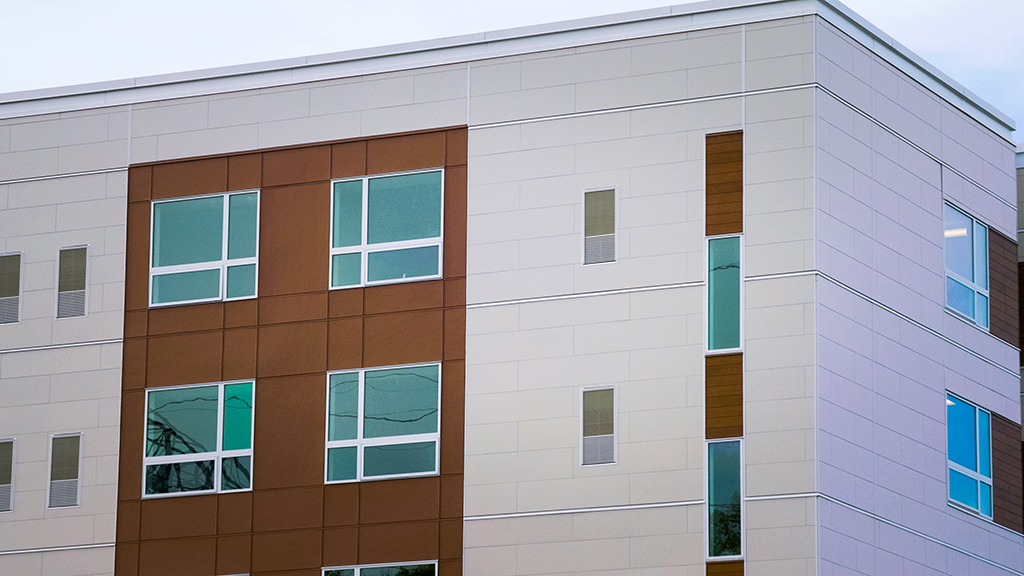
Expand the strategic plan table of contents to navigate the plan's strategic objectives and their dashboard metrics.
Contact
-
John Patterson, Director of Planning, Research and Evaluation
Make Housing Programs More Accessible and Easier to Use
Because housing is foundational to a full life and thriving state, we must make housing programs accessible and easier to use. When people face housing instability, especially when their lives are in crisis, knowing where to turn to get quick access to resources is vital for establishing housing stability. The process to get assistance should be free of unnecessary barriers, which can become overwhelming. Our programs, processes and systems must also be accessible and, wherever possible, easier to use for our partners who administer our programs, particularly the smaller and emerging partners who are not as familiar with our work.
Trusted community-based organizations, often small and led by the community, are critical to serving the communities most impacted. These are the organizations to which people, particularly those who do not trust government, turn for support and guidance, and they provide culturally effective services and have the deepest community understanding and trust.
Human-centered design is a critical step in making programs accessible and easier to use. It is an approach for designing/redesigning products, services, processes and systems that puts the customer at the center of the design process to create results that resonate with and are tailored to the customer’s needs. It is also an effective strategy for pursuing innovation and equity.
Key Metrics
Percentage of Minnesota Housing programs that have gone through an improvement process using human-centered design principles and practices and include an ongoing customer feedback loop (coming soon)